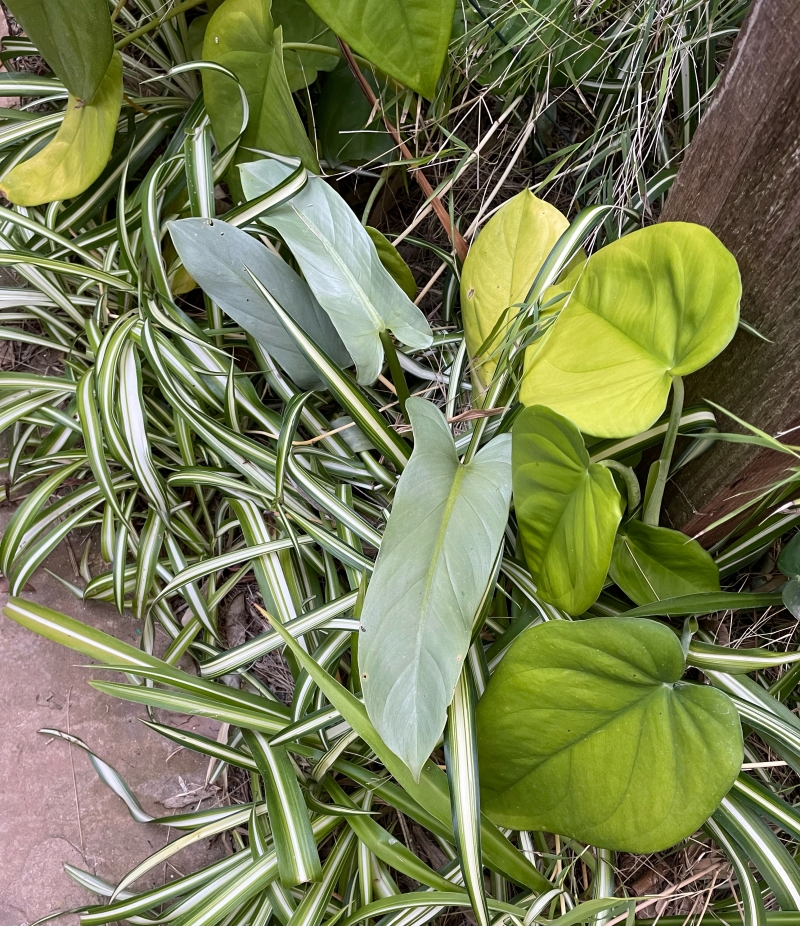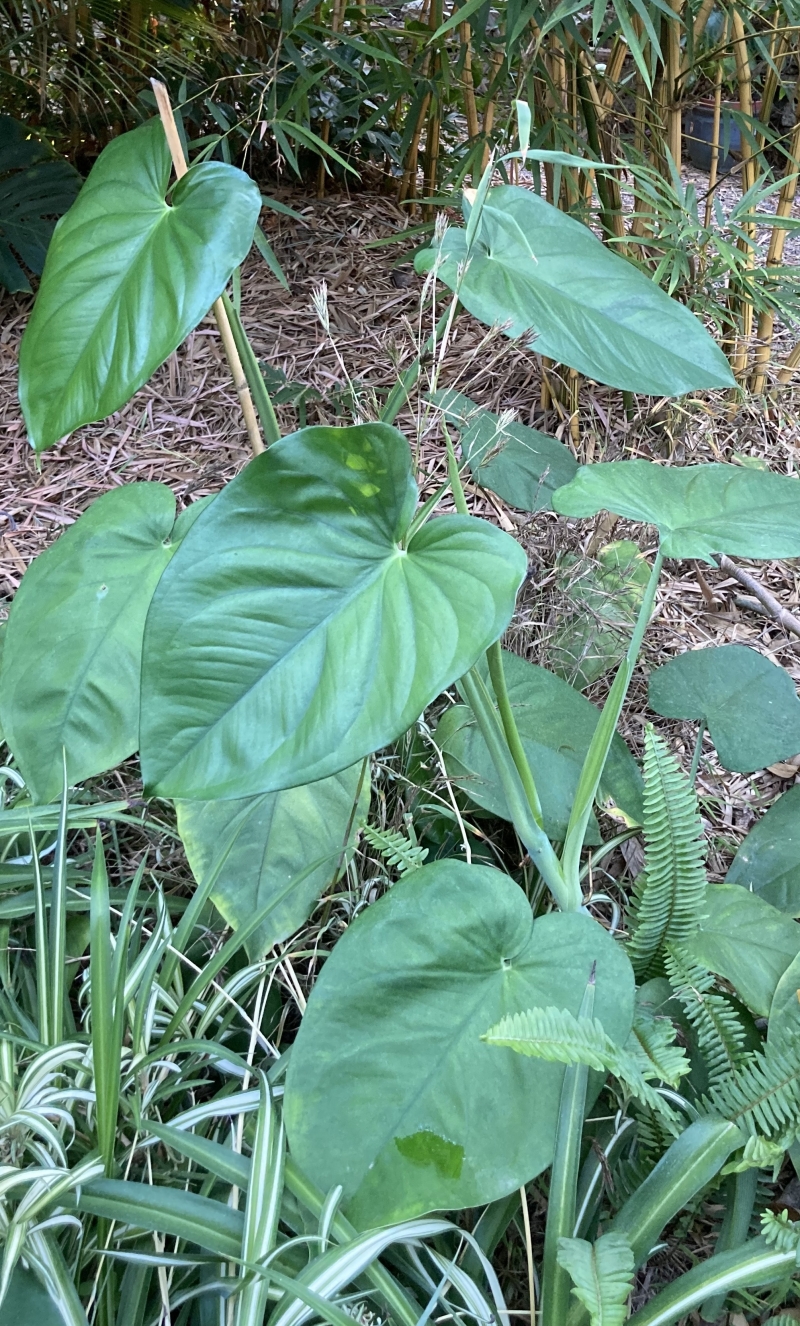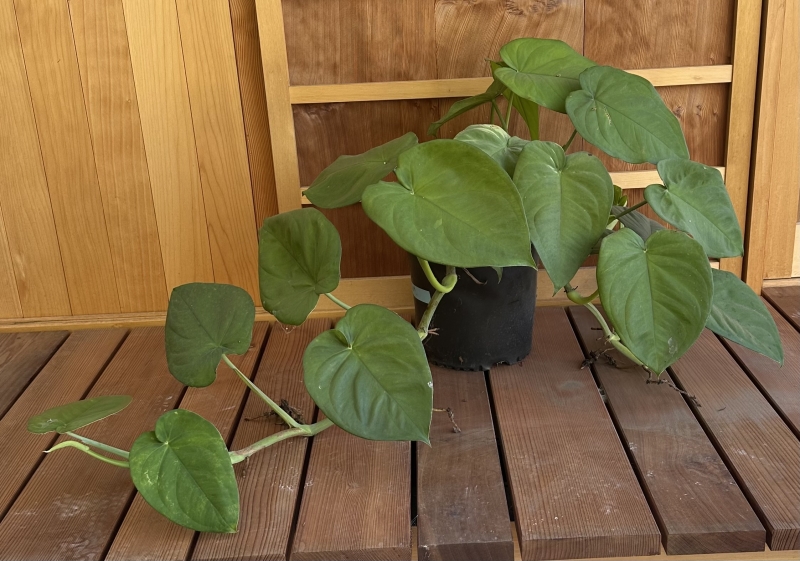



| height | 2–3ft | |
| width | 1–2ft | |
| tolerates | Heat, Narrow Planting, Pots | |
| water needs |
Moderate – High | |
| water info |
This plant appreciates good drainage and having the surface dry out between waterings, but not to dry out deeper into the soil. As this plant is quite new to outdoor cultivation we are just speculating, but we have seen them with yellowing leaves, which is likely a sign of too little drainage combined with water or too much sun exposure (as monsteras have a similar tendency to yellow in a warm sunny exposure, before they burn.) |
|
| hardy to |
35F | |
| exposure | Full Shade – Part Sun | |
| indoor outdoor |
In or Out | |
| drainage | In Ground: Cactus Mix, In Pots: Cactus Mix, Orchid Bark, Tolerates Sandy Soil | |
| fertilizing | All Purpose | |
| origin | Mexico, Guatemala | |
| california native |
No | |
| sunset zones |
21–24, H2 |
